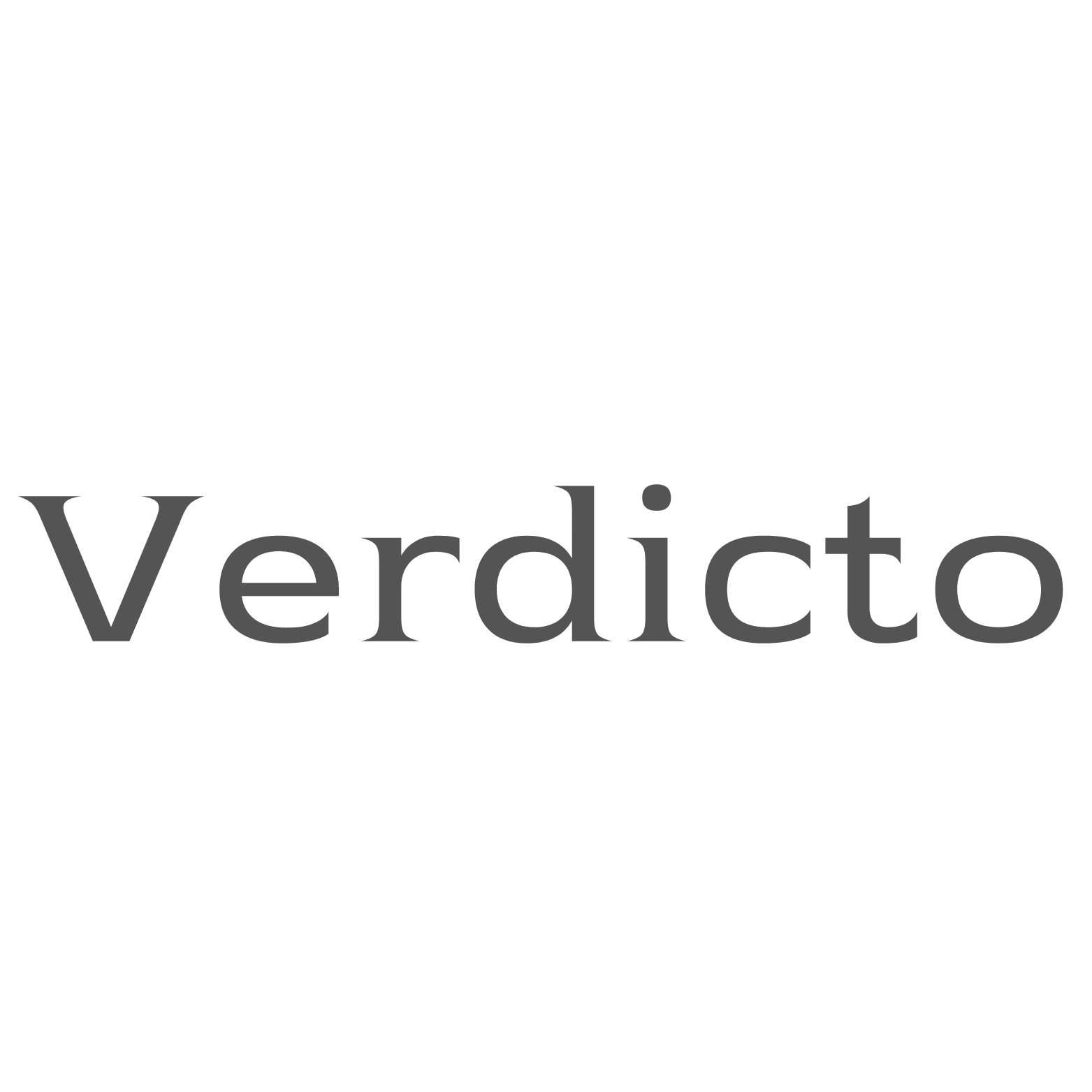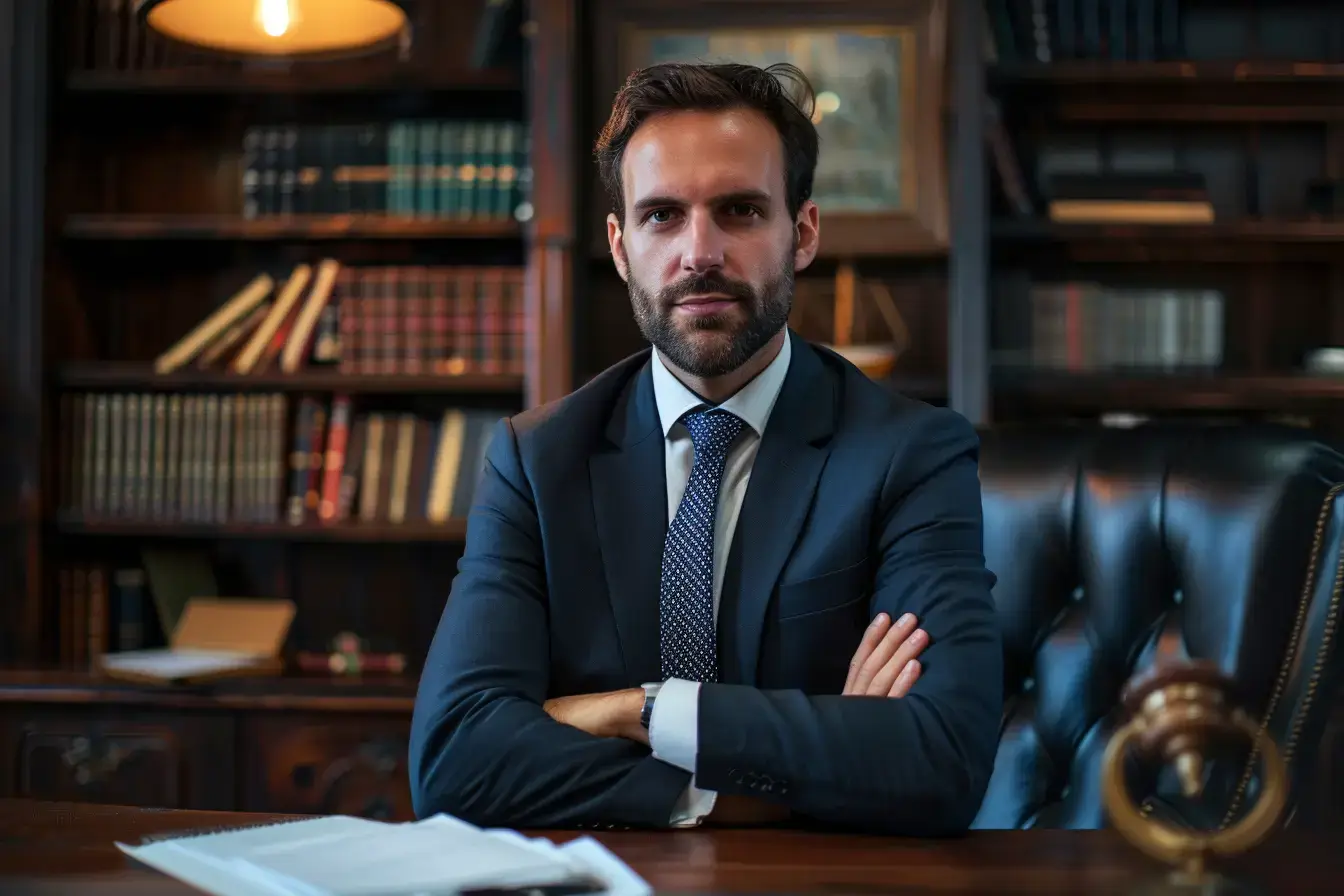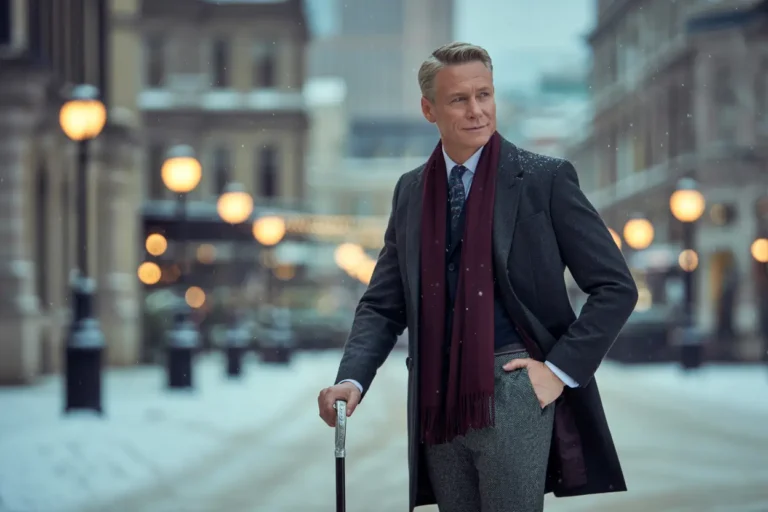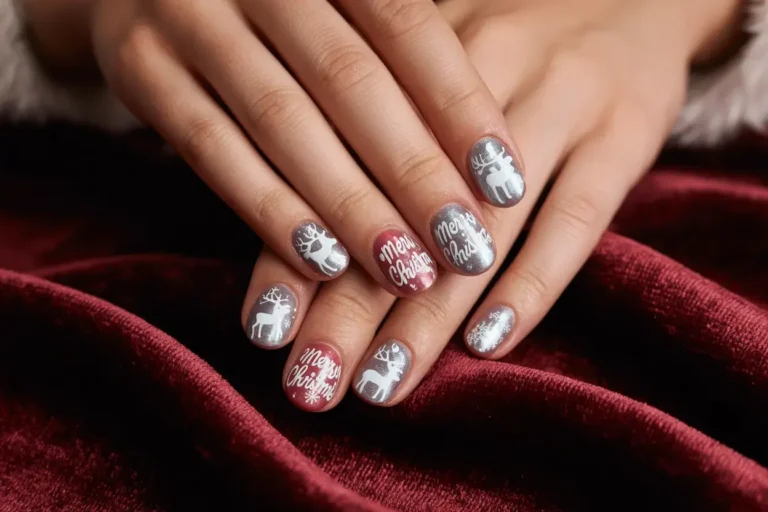Ever wondered what an art lawyer does? In the fascinating world of art, legal expertise is crucial for artists, collectors, and galleries. Art lawyers help navigate complex transactions, protect intellectual property, and resolve disputes. Their role ensures that the art world operates smoothly and fairly.
Art Law Meaning
Art law covers legal principles that deal with the creation, sale, and protection of art. It touches on many areas including property law, contracts, and intellectual property.
Key Legal Principles
Art law involves multiple areas of law, and understanding these principles is vital. Property law deals with the ownership and transfer of art pieces. When buying or selling art, you must be sure about the ownership rights and any restrictions on transferring the artwork.
Contracts play a significant role, particularly in agreements between artists, dealers, and collectors. These contracts must clearly outline the terms of sale, commissions, and other important details.
Intellectual property is another critical area. This includes copyright and trademark laws. Copyright laws protect the artist’s original works, allowing them to control the use of their creations. Trademark laws protect symbols, names, and slogans used to identify the artist or their work.
Major Art Law Cases
Several landmark cases have shaped the field of art law. One notable case is Bleistein v. Donaldson Lithographing Co., 188 U.S. 239 (1903), where the Supreme Court ruled that art should be protected under copyright law, regardless of its artistic merit. This helped define the scope of what could be considered art.
Another important case is Kienitz v. Sconnie Nation LLC (7th Cir. 2014), which dealt with the limits of copyright infringement and fair use in an artistic context. These cases have clarified how intellectual property laws apply to art.
Each case has contributed to our understanding of how art is protected and the rights of artists, collectors, and dealers. By studying these cases, we can appreciate the ways in which the law supports and challenges the art world.
Roles and Responsibilities

Art lawyers play crucial roles in various aspects of the art world, including helping artists with contracts and advising galleries, dealers, museums, foundations, and collectors.
The Artist and the Lawyer
Art lawyers assist artists in negotiating and drafting contracts. These contracts might cover the sale of artwork, commissions, licensing agreements, and collaborations. These lawyers ensure artists’ intellectual property rights are protected.
Artists often face legal issues related to copyright, trademark, and royalties. Art lawyers offer legal advice and representation in cases involving disputes or infringement. They also advise artists on consignment agreements with galleries to ensure fair terms and proper handling of their work.
Galleries and Dealers
Galleries and art dealers rely on them to draft and review legal documents. This includes consignment agreements, sales contracts, and loan agreements. They help negotiate terms that protect the interests of both the gallery and the artist.
Art lawyers provide necessary legal support in cases of disputes, such as breach of contract or issues with provenance. They also handle regulatory compliance, ensuring that galleries operate within the bounds of the law, including import/export regulations and tax obligations.
Museums and Foundations
Museums and foundations require their expertise for a range of legal matters. This might include acquiring artwork, managing donor relationships, and navigating complex tax issues. They draft and review donation and loan agreements, ensuring that the terms align with the institution’s goals.
For foundations, most offer advice on governance and compliance with trust laws. Art lawyers also assist in the protection of cultural property and handling issues related to the repatriation of artworks, making sure these processes are legally sound and ethically responsible.
Collectors and Art Advisors
They help collectors with purchasing, selling, and lending artworks. Art lawyers review purchase agreements to ensure the legality and authenticity of the transaction. Some lawyers also deal with estate planning and the creation of trusts to manage art collections effectively.
Art advisors work closely with them to provide clients with sound legal advice on acquisitions and sales. Together, they handle issues related to title disputes, provenance, and insurance claims, ensuring that collectors’ investments are secure and legally compliant.
Why Are Art Lawyers Important?
Art lawyers are crucial in today’s complex art world, and I personally believe their role is indispensable. They help protect artists’ rights, ensuring their work isn’t exploited or misrepresented. Imagine creating something unique and not having control over how it’s used—that’s where an art lawyer steps in. They navigate the intricate legal landscape, dealing with copyright issues, authentication disputes, and even cases of art theft.
Having an art lawyer means artists can focus on their creativity, knowing there’s someone in their corner handling the legalities. Art lawyers also assist collectors and galleries, ensuring transactions are fair and transparent. This not only protects the monetary value of art but also its cultural significance.
Personally, I find their work fascinating because it blends a passion for art with a deep understanding of law. In an industry where the stakes can be incredibly high, art lawyers provide a vital service that upholds the integrity and value of art.
FAQ – Art Lawyer
What is copyright?
Copyright is a legal protection granted to creators of original works, like literature, music, and art, giving them exclusive rights to use, distribute, and modify their creations. It prevents others from using these works without permission, ensuring creators can benefit from their intellectual property.
How do I get a copyright?
To get copyright, simply create an original work fixed in a tangible form, like writing, recording, or digital storage. Copyright is automatic upon creation, but registering with the U.S. Copyright Office provides legal benefits and stronger protection.
What can I do if someone is using my work without my permission?
If someone is using your work without permission, you can send a cease and desist letter, request the content be taken down, or file a DMCA takedown notice. For serious cases, consider pursuing legal action for copyright infringement.
Are you interested in a wide variety of lawyers? Then you might be interested in my articles about firearms lawyers or name change lawyers.
If you liked this blog post about the topic: “art lawyer”, don’t forget to leave me a comment down below to tell me about your experience with it.





